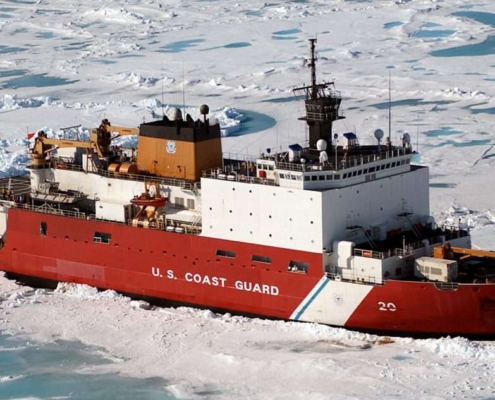 https://dmsonline.us/wp-content/uploads/2023/12/USCGC_Healy_WAGB-20_north_of_Alaska-scaled-1.jpg
633
1200
Nate Riggins
/wp-content/uploads/2025/06/DMS-logo.svg
Nate Riggins2024-05-14 09:00:002025-11-08 09:09:05Surviving the Arctic: Polar Class Icebreakers
https://dmsonline.us/wp-content/uploads/2023/12/USCGC_Healy_WAGB-20_north_of_Alaska-scaled-1.jpg
633
1200
Nate Riggins
/wp-content/uploads/2025/06/DMS-logo.svg
Nate Riggins2024-05-14 09:00:002025-11-08 09:09:05Surviving the Arctic: Polar Class IcebreakersI love to learn how industrial equipment gets created. Boat propellers are especially interesting. Unlike ship propellers, these smaller propellers go on leisure craft and other small vessels. The emphasis is on mass production. That mass production requires an entirely different approach. But the basics are still the same. We still cast the propeller with molten metal. But the formation of the cast becomes a factory process.
We use a process called investment casting. Also called the lost wax method. We create the propeller pattern out of wax. Then coat the wax with layers of casting sand / ceramic material. Once you have enough layers built up, melt the wax. This leaves a hollow cavity to fill with cast metal.
The advantages of this process are true mass production. No need for craftsmen to spend hours on each propeller pattern. Using wax as the basis for the pattern allows us to easily capture tiny details and produce very thin casts. An excellent application for smaller parts. The downside is lack of customization. It costs a LOT to setup the machinery for this process. And the initial wax pattern needs to come from somewhere. Usually a mold, created in a customized casting operation. As you can see in the video below, this process requires high volume to become effective.
Creating Boat Propellers
Small Ship Propellers
As the propellers get larger, we shift to other casting methods. Michigan Wheel is a great example. They build propellers for both the recreational boat market, and the small ship market. The video below doesn’t explain much of the production process. But as someone that loves ships and propulsion, I have say: Who cares! Awesome propellers!
Share This Post
More Like This
 https://dmsonline.us/wp-content/uploads/2023/12/USCGC_Healy_WAGB-20_north_of_Alaska-scaled-1.jpg
633
1200
Nate Riggins
/wp-content/uploads/2025/06/DMS-logo.svg
Nate Riggins2024-05-14 09:00:002025-11-08 09:09:05Surviving the Arctic: Polar Class Icebreakers
https://dmsonline.us/wp-content/uploads/2023/12/USCGC_Healy_WAGB-20_north_of_Alaska-scaled-1.jpg
633
1200
Nate Riggins
/wp-content/uploads/2025/06/DMS-logo.svg
Nate Riggins2024-05-14 09:00:002025-11-08 09:09:05Surviving the Arctic: Polar Class Icebreakers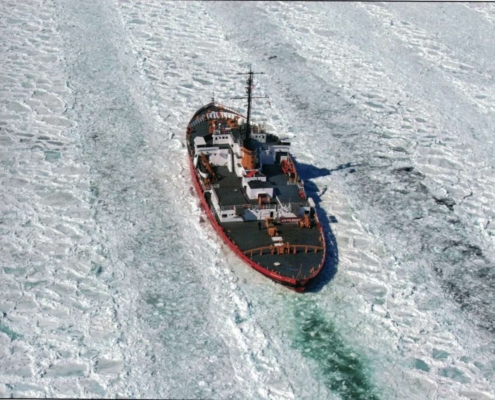
Ramming the Ice: Icebreaker Propulsion
Energy Generation, Fluids, Hull Structure, Propulsion, Propulsion Plant, Propulsion Units, Propulsors, Structural, Transmission and Propulsor Systems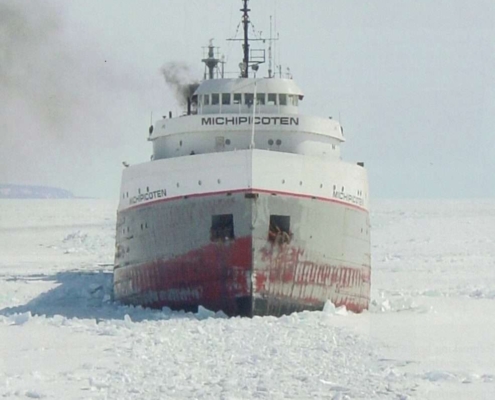 https://dmsonline.us/wp-content/uploads/2023/12/MackinawIce2-scaled-1.jpg
1200
985
Nate Riggins
/wp-content/uploads/2025/06/DMS-logo.svg
Nate Riggins2024-01-16 09:00:002025-11-08 09:09:07Breaking the Ice: Icebreakers
https://dmsonline.us/wp-content/uploads/2023/12/MackinawIce2-scaled-1.jpg
1200
985
Nate Riggins
/wp-content/uploads/2025/06/DMS-logo.svg
Nate Riggins2024-01-16 09:00:002025-11-08 09:09:07Breaking the Ice: Icebreakers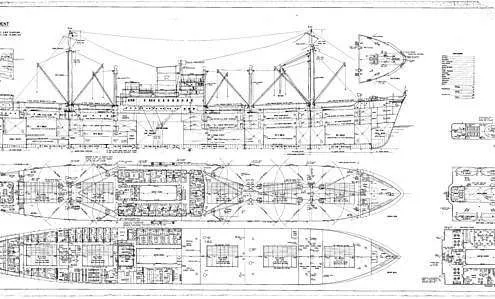 https://dmsonline.us/wp-content/uploads/2022/06/MVAltairGeneralArrangementPlan_SmallResolution.webp
299
640
Nate Riggins
/wp-content/uploads/2025/06/DMS-logo.svg
Nate Riggins2022-09-12 06:00:002025-09-30 07:31:20How to Design a Ship
https://dmsonline.us/wp-content/uploads/2022/06/MVAltairGeneralArrangementPlan_SmallResolution.webp
299
640
Nate Riggins
/wp-content/uploads/2025/06/DMS-logo.svg
Nate Riggins2022-09-12 06:00:002025-09-30 07:31:20How to Design a Ship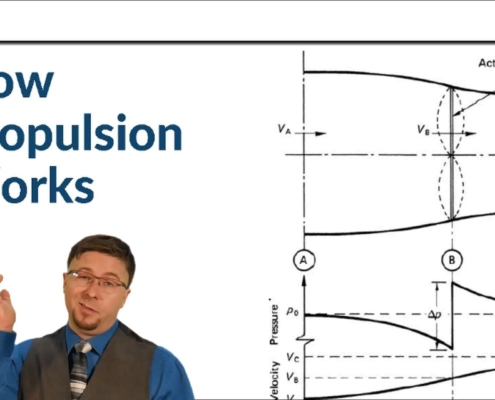
How Propulsion Works: Classifying Ship Propulsion
Propulsion, Propulsion Plant, Propulsors, Waterjet Propulsors
Ever Given: What We Don’t Know
Command and Surveillance, Fluid Dynamics, Miscellaneous, Ship Maneuvering, Ship Motion Control, Ship Response https://dmsonline.us/wp-content/uploads/2022/02/ClickBait1_1.84.1.jpg
1080
1920
Nate Riggins
/wp-content/uploads/2025/06/DMS-logo.svg
Nate Riggins2022-02-21 06:00:002025-08-15 13:17:02Stability Letters Explained
https://dmsonline.us/wp-content/uploads/2022/02/ClickBait1_1.84.1.jpg
1080
1920
Nate Riggins
/wp-content/uploads/2025/06/DMS-logo.svg
Nate Riggins2022-02-21 06:00:002025-08-15 13:17:02Stability Letters Explained
Three Neat Tricks with Marine Cranes
Masts, Kingposts, Service Platforms, Mechanical, Mechanical Handling Systems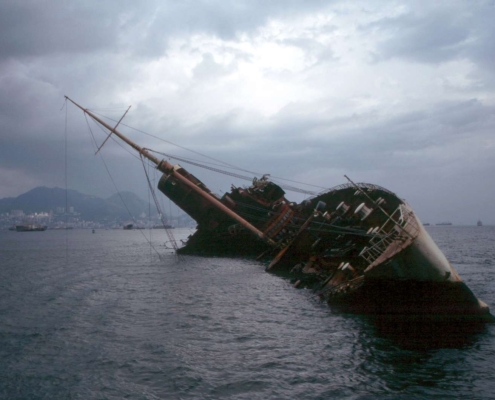 https://dmsonline.us/wp-content/uploads/2021/01/Seawise_University_wreck.jpg
1059
1412
Nate Riggins
/wp-content/uploads/2025/06/DMS-logo.svg
Nate Riggins2021-01-18 07:00:002025-11-08 09:09:08Free Surface Moment
https://dmsonline.us/wp-content/uploads/2021/01/Seawise_University_wreck.jpg
1059
1412
Nate Riggins
/wp-content/uploads/2025/06/DMS-logo.svg
Nate Riggins2021-01-18 07:00:002025-11-08 09:09:08Free Surface MomentAbout Us
Ship designs tailored to your mission. Engineering that advances profits.

